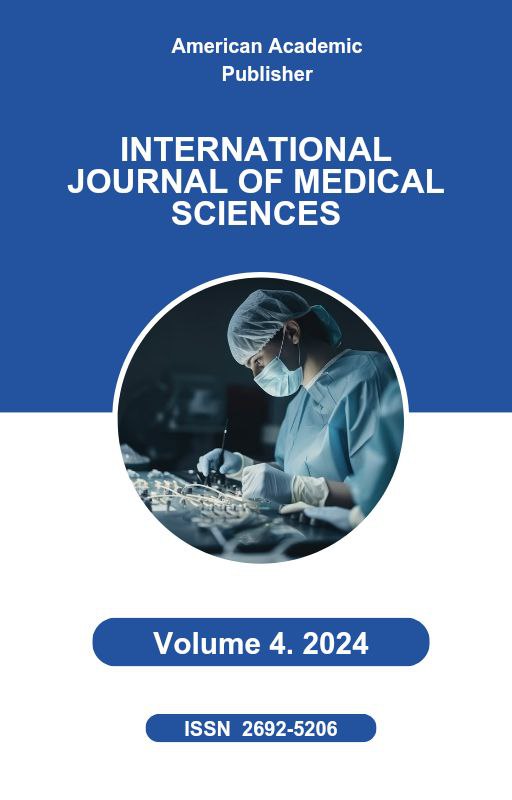 Articles
| Open Access |
https://doi.org/10.55640/
Articles
| Open Access |
https://doi.org/10.55640/
COMPARATIVE ANALYSIS OF PAREMIOLOGICAL UNITS EXPRESSING THE CATEGORIES OF DESIRE AND ASPIRATION IN ENGLISH AND UZBEK
Sirojova Zarnigor Nasriddinovna , English teacher of Bukhara Innovations University and Independent researcher of Bukhara state universityAbstract
The aim of this study is to provide a comparative analysis of paremiological units expressing the categories of desire and aspiration in English and Uzbek. Qualitative and quantitative methods were employed, including comparative analysis of metaphorical and cultural features of proverbs. The main results show that despite cultural differences, both English and Uzbek proverbs express similar universal values, such as labor, responsibility, and aspiration for success. The findings emphasize that metaphors related to physical labor are prevalent in Uzbek culture, while English proverbs often utilize more abstract social imagery. The novelty of the study lies in identifying culturally specific elements of paremiological units, which enhance the understanding of cross-cultural communication through proverbs.
Keywords
proverbs, paremiology, metaphors, Uzbek language, English language, cross-cultural communication, desire, aspiration
References
Arnold, I.V. (2002). Stylistics of the Modern English Language. Moscow: Venzi.
Sirojova Zarnigor Nasriddinovna. (2024). THE PROBLEM OF MODALITY IN LINGUISTICS. International Multidisciplinary Journal for Research & Development, 11(05). Retrieved from http://www.ijmrd.in/index.php/imjrd/article/view/1417
Nasriddinovna, Sirojova Zarnigor. "INGLIZ TILIDA XOHISH ISTAK MAYLI BIRLIKLARINING ORGANILISH TARIXI [Data set]. Zenodo." (2023).
Сирожова , З. 2024. Конструкции преференциальных выражений в системе синтаксиса. Зарубежная лингвистика и лингводидактика. 2, 1/S (май 2024), 28–34. DOI:https://doi.org/10.47689/2181-3701-vol2-iss1/S-pp28-34.
Arsentyeva, E. (2014). Phraseology in Multilingual Society. Cambridge Scholars Publishing. https://www.cambridgescholars.com/phraseology-in-multilingual-society
Daurenbekov, Zh. (2001). Kazakh Proverbs and Sayings. Almaty: Ana Tili.
Gasanova, M., Magomedova, P., Gasanova, S. (2016). Linguocultural Analysis of the Image of Women in Dagestani Proverbs. International Journal of Environmental and Science Education, 11(18), 11869-11887.
Permyakov, G.L. (1988). Fundamentals of Structural Paremiology. Moscow: Nauka.
Mieder, W. (2004). Proverbs: A Handbook. Greenwood Press.
Daurenbekov, Zh. (2001). Kazakh Proverbs and Sayings. Almaty: Ana Tili.
Litovkina, T.A. (2000). Proverbs and Their Function in Society. Szombathely: Savaria University Press.
Gasanova, M., Magomedova, P., Gasanova, S. (2016). Linguocultural Analysis of the Image of Women in Dagestani Proverbs. International Journal of Environmental and Science Education, 11(18), 11869-11887.
Wierzbicka, A.N. (2001). Understanding Culture through Key Words. Moscow: Languages of Slavic Cultures.
Taylor, A. (1931). The Proverb. Cambridge, MA: Harvard University Press.
Article Statistics
Downloads
Copyright License

This work is licensed under a Creative Commons Attribution 4.0 International License.

